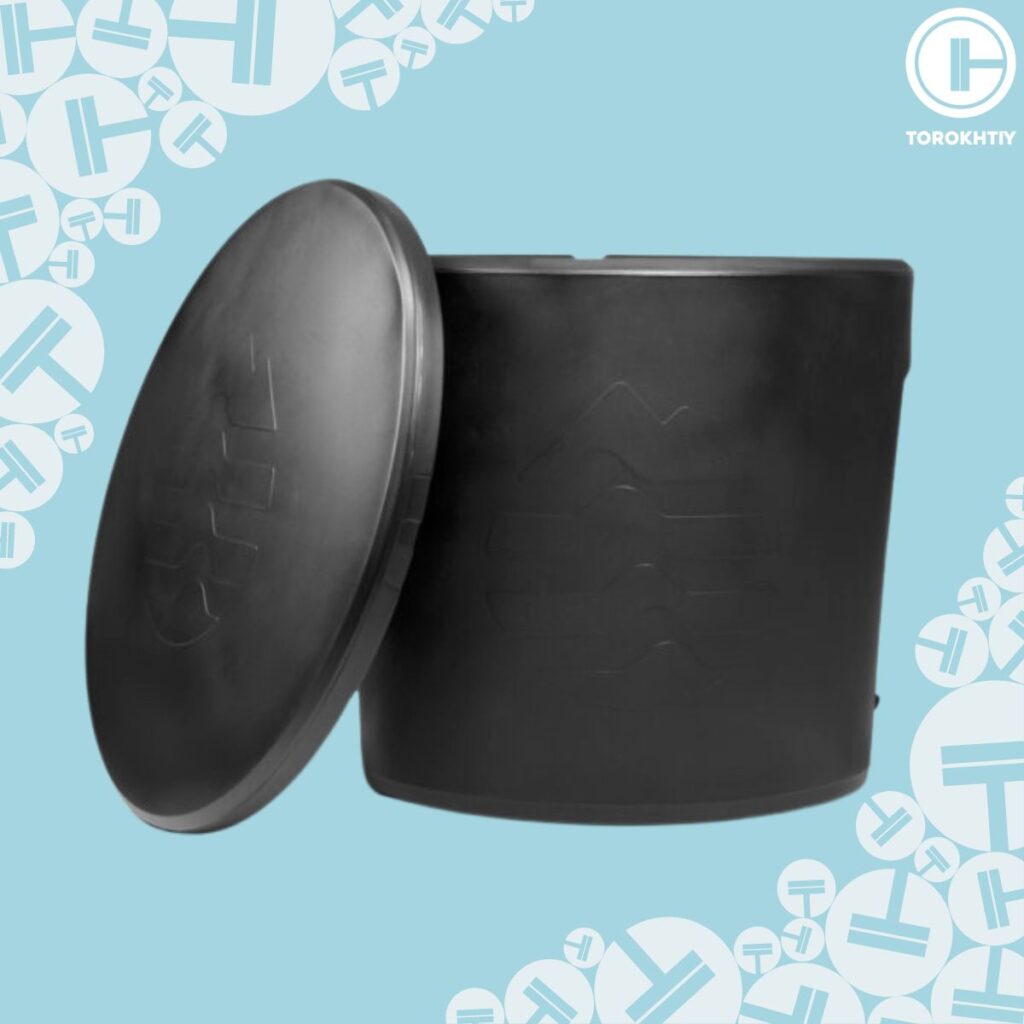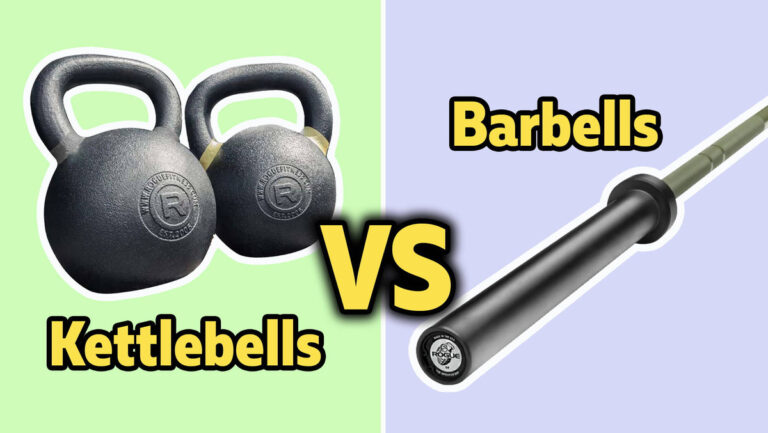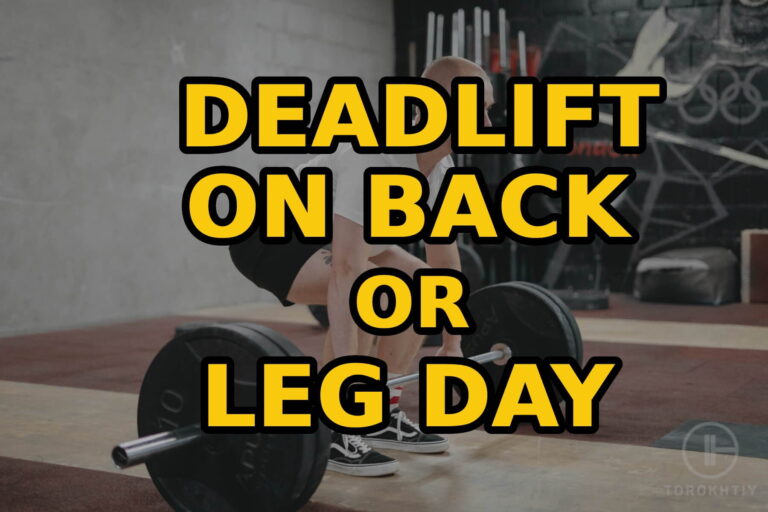Cold Shower VS Ice Bath, Which Should You Choose?
Both cold showers and ice baths have been gaining popularity, particularly in the fitness and wellness communities. There’s an ongoing debate on cold shower vs. ice bath effectiveness, but it’s generally agreed upon that both have positive physical and mental effects. So, a cold shower or ice bath, which one should you choose and why? Let’s explore their similarities, differences, and physiological effects to help you make an informed choice.
The physiological responses are similar between a cold shower vs. ice bath, but the ice bath is more efficient at facilitating long-term health. Cold showers can achieve similar momentary effects but on a smaller scale. Choosing between a cold plunge or a cold shower mostly comes down to convenience.
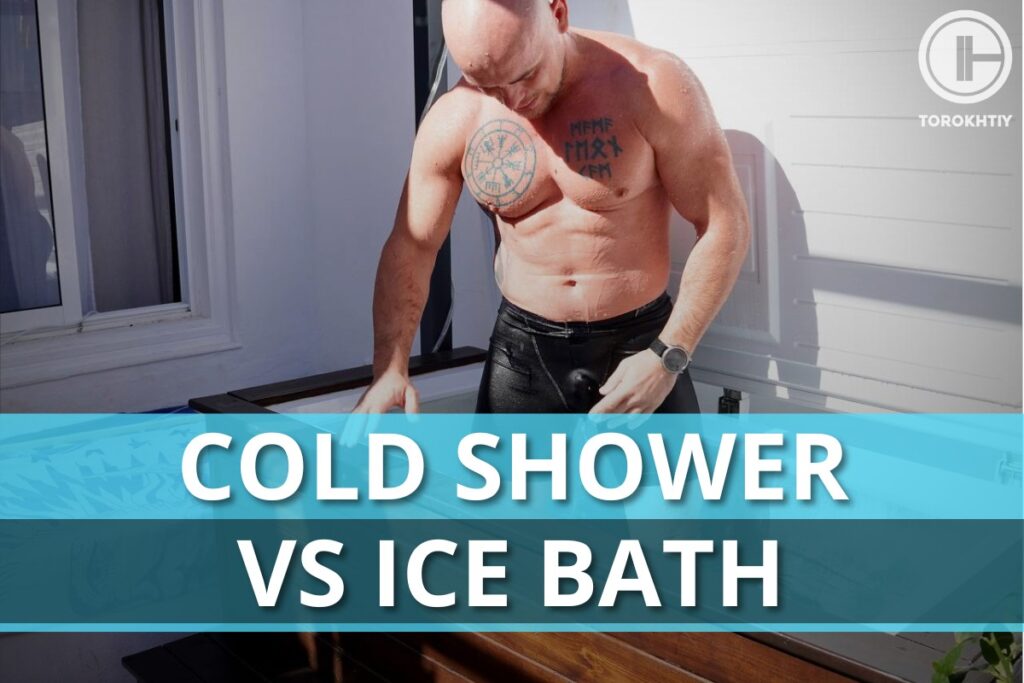
5 Differences Between A Cold Shower And An Ice Bath
Here are some differences between an ice bath vs. cold shower intervention that should help better explain them:
1. Immersion
When you take a cold plunge, you dip your entire body into the water. This therapeutic practice is medically known as cold water immersion or CWI. One of the advantages CWI has over a simple cold shower is the fact that your body is fully immersed in the water vs. spraying around.
Based on your general shower tendencies, if you’re not focused specifically on evenly spreading the water, you’ll get an inconsistent effect. Meanwhile, in CWI, you’re surrounded by water in a 360-degree manner, so there’s no question whether or not you applied enough cold to a specific body part.
2. Comfort Level
Another point worth discussing is the perceived comfort level of cold shower vs. ice bath sessions. An argument can be made that ice baths can be both mentally and physically more comfortable to deal with. Consider the following, when you’re taking a cold shower, the water flow is inconsistent across your body.
As a result, you keep drawing heat from the room temperature around you. This constant readaptation, as you shower individual body parts, can be mentally and physically challenging and creates an inconsistent feeling.
Meanwhile, during a cold plunge, the initial shock of dipping in can be quite high. However, after a moment of acclimatization, it’ll be easier to withstand (depending on temperature of course).
Since the water around you acts like a bubble, no outside heat sources will challenge and confuse your thermogenesis (your body’s ability to self-regulate temperature). It’ll still be cold, but the consistency element will make it more tolerable.
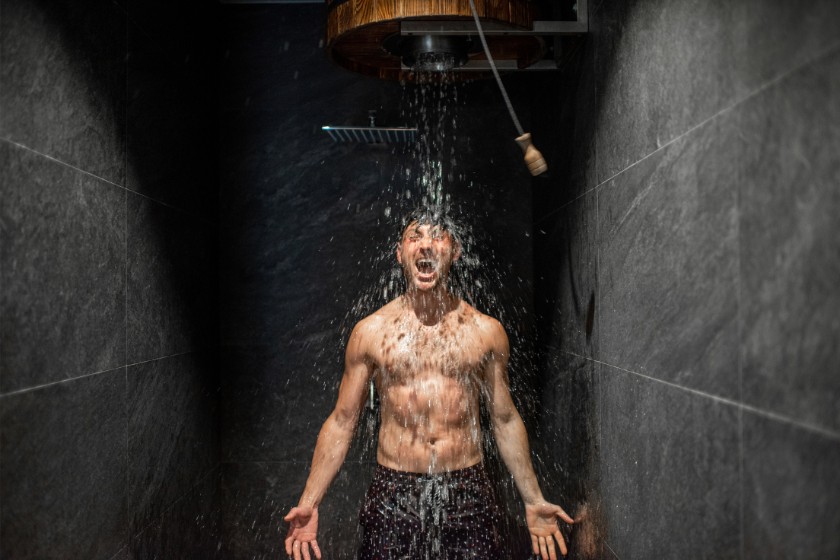
3. Water Usage
A typical shower session lasts about 8 minutes and uses roughly 16 gallons (60 liters) of water. If you were to apply a cold shower every day, that would mean roughly 500-600 gallons (~2000 liters) of water per week.
A typical household bathtub holds around 80 gallons (300 liters) when full. If you were to practice ice bathing within the recommended time interval, every 48-72 hours, that means you’d be using between 160 to 240 gallons (600-900 liters) of water per week, making an ice bath arguably more water-efficient.
Not only that, you can save water if you use a dedicated ice bath. A home-sized ice bath holds about 70-90 gallons of water. Once filled, it can keep the water fresh and cool for 4-8 weeks as long as you close the lid on it once you’re done. If you’re not entering it completely dirty (and preferably using it clean) you can go for a month or more without changing it, ultimately saving water.
So, at the end of the day, which one will use more water will depend on how frequently you cold plunge or cold shower.
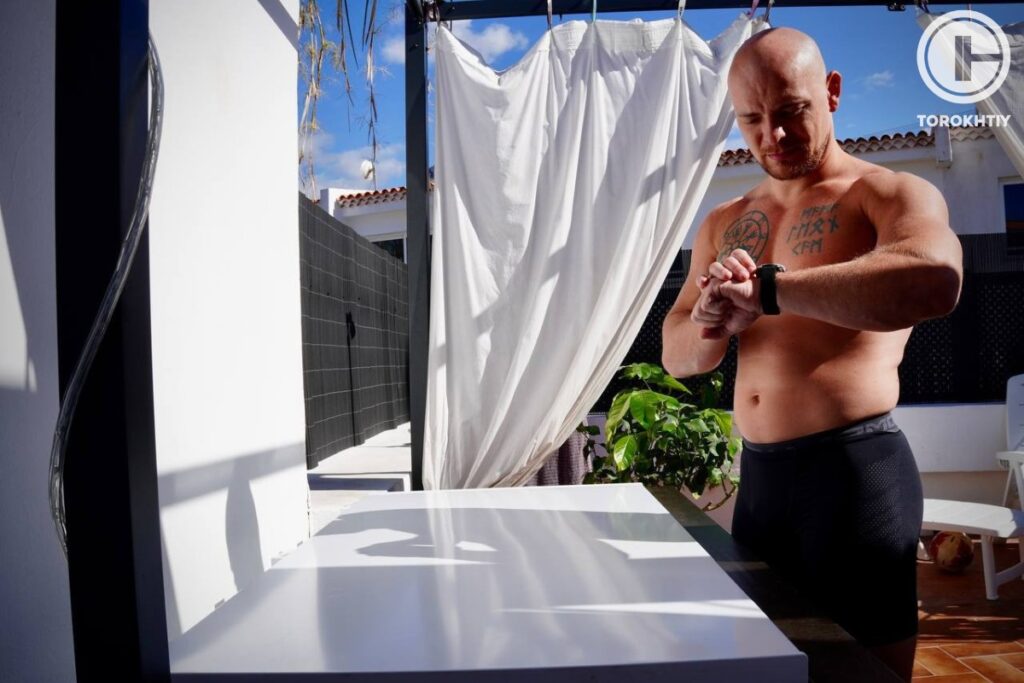
4. Duration
A typical cold shower will only last a couple of minutes, the same as a regular shower. Any more and you’ll be wasting tons of water, at which point you might have as well made an ice bath. Meanwhile, a cold plunge duration will depend on the temperature you want to be in.
The main idea is that the colder the water is, the less time you should be inside. We’ll talk more about this further in the benefits of ice baths, but a general brief deliberate cold exposure is about spending 1-3 min in very cold water ranging from 1-9°C/34-48°F.
5. Convenience Factor
This is one of the few factors where cold showers win out fairly convincingly. All you have to do to take a cold shower is hop in and turn the faucet to cold. An ice bath on the other hand has more logistics to it, especially if you don’t have a dedicated ice bath that can keep your water cool and clean. If you want to prepare a DIY ice bath, you’ll first need to source the ice, then you’ll have to manage the temperature with it. There’s also the draining and cleaning afterward.
There’s always a chance that not all ice will melt away and you’ll need to take it out by hand. Alternatively, you can add salt and stir the tub, the salt molecules will help the ice and break it back down into liquid form quicker. The tub will also be cold for use afterward. You might be thinking of rinsing it down with hot water.
However, if you have a traditional porcelain or acrylic bathtub, you run the risk of embrittling the material, which can cause it to weaken and crack. If you don’t live by yourself, you’ll also be blocking the tub from use for others, which can be a hassle to schedule around other people’s daily routines.
Table Comparison Cold Shower Vs. Ice Bath Differences
Here’s a quick table summary of the key takeaways:
| Aspect | Cold Shower | Ice Bath |
|---|---|---|
| Main benefit | Energy boost and quick recovery | Facilitating long-term health |
| Convenience | Very convenient, readily available | Requires some preparation and equipment |
| Duration | 5-10 minutes (regular shower time) | 1 even up to 60 min depending on the temperature and cold adaptation |
| Immersion level | Targeted | Fully immersed |
| Water usage | Higher, especially if applied daily | Lower (especially with a dedicated ice bath) |
Benefits And Drawbacks Of A Cold Shower
Here’s what you should know about cold showers:
3 Benefits Of Cold Showers:
✅Improved Mental Health:
Cold showers, and cold water immersion in general, have been on the rise as a natural way to combat feelings of negativity, particularly depression. Studies have shown this to be plausible. The effect is simple, cold adaptation triggers natural survival responses that raise hormone levels, particularly the release of dopamine, adrenaline, Noradrenaline to the brain.
Noradrenaline is linked to heightened senses, attention, and alertness, and it positively affects your sleep quality, memory, and mood.
✅Reduced Sick Leave
A study done in 2015 on working-age adults found that during a 30-day consecutive period, subjects who cold-showered daily exhibited a lower chance of sickness absence from work. This did not include serious illnesses, but it’s fair to say that cold showers conditioned the subjects to better withstand general minor colds or respiratory infections (flu, for example), implying a more robust immune system.
Additionally, since cold showers improved mental health, it’s likely the mental health boost played a role in accumulating illnesses. So, if you have a particularly busy month ahead, consider cold showering every day. Another important part is that more than 60% of participants voluntarily decided to keep cold showers as a routine after study.
✅Localized Pain Relief
We already mentioned how cold plunges can lead to noticeable muscle recovery. Well, the same is true for cold showers, with the added benefit of being able to target the specific muscle or body part in question. You don’t have to submerge yourself in ice water to cool down an inflamed elbow or knee joint, for example. Simply use the shower hose to target the muscle more specifically.
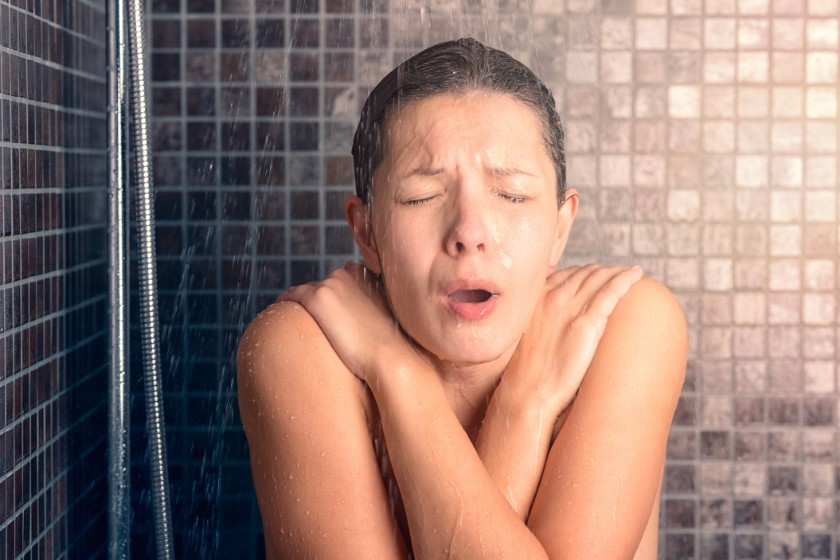
3 Drawbacks Of Cold Showers
❌Inconsistency
As previously touched upon, cold showers will only be as efficient as targeting as you make them out to be. It’s hard to apply an equal shower across the whole body same as simply lying in a cold plunge does.
❌Repeated Adaptations
Closely tied to the previous point, the inconsistency of a cold shower can force your body into repeated adaptations of feeling vs. not feeling cold, which can raise the discomfort level.
❌Wrong Temperature
Depending on where you live, it might be hard to set the right temperature and keep it consistent. Particularly if you live in warmer climates, even the lowest heat setting on your shower may not reach the desired temperature for short exposure.

Benefits And Drawbacks Of Ice Bath
When comparing cold bath vs ice bath therapy, you’ll find plenty of overlap. Here are some benefits and drawbacks of ice bathing:
4 Benefits Of Ice Bath
✅Cardiovascular Improvement
Research suggests that cold water immersion at roughly 14°C/57°F improves multiple cardiovascular parameters, including a more stable heart rate, lower blood pressure, and better blood flow among other benefits. This info is especially useful in managing chronic diseases as well as preventing lifestyle diseases like heart and blood issues.
✅Improved Metabolism
One of the key discoveries about seasoned cold swimmers is their heightened metabolism. More specifically, the ability to produce more heat from BAT and burn off calories at a faster rate. Combined with proper dieting and exercise, this is a great recipe for weight management.
✅Whole-Body Recovery
After just 15 minutes of cold water immersion, the signs of muscle inflammation and damage decreased noticeably, further suggesting CWI as post-strenuous physical activity therapy.
✅Mental Wellbeing
A study looking at mental health indicators found that after a 20-minute swim in roughly 14°C/57°F water people reported feeling more vigorous and esteemed and less tense, angry, fatigued, confused, or depressed.
2 Drawbacks Of Ice Baths
❌Not For Everybody
A cold shower can be equally as uncomfortable as an ice bath for beginners. However, a full ice bath requires a longer period of staying in the water to acclimatize, which can be particularly strenuous if you have one of the following diseases:
- High blood pressure
- Diabetes
- CVS (central nervous system) damage or inconsistencies
- Heart disease
- Respiratory problems
- Circulatory issues
- Autoimmune diseases
❌Risk Of Hypothermia
If you’re not careful with temperature regulation during CWI, you run the risk of lowering the core temperature too much. Your body may not be able to adapt, causing hypothermia. This can be especially dangerous if you practice cold bathing alone.
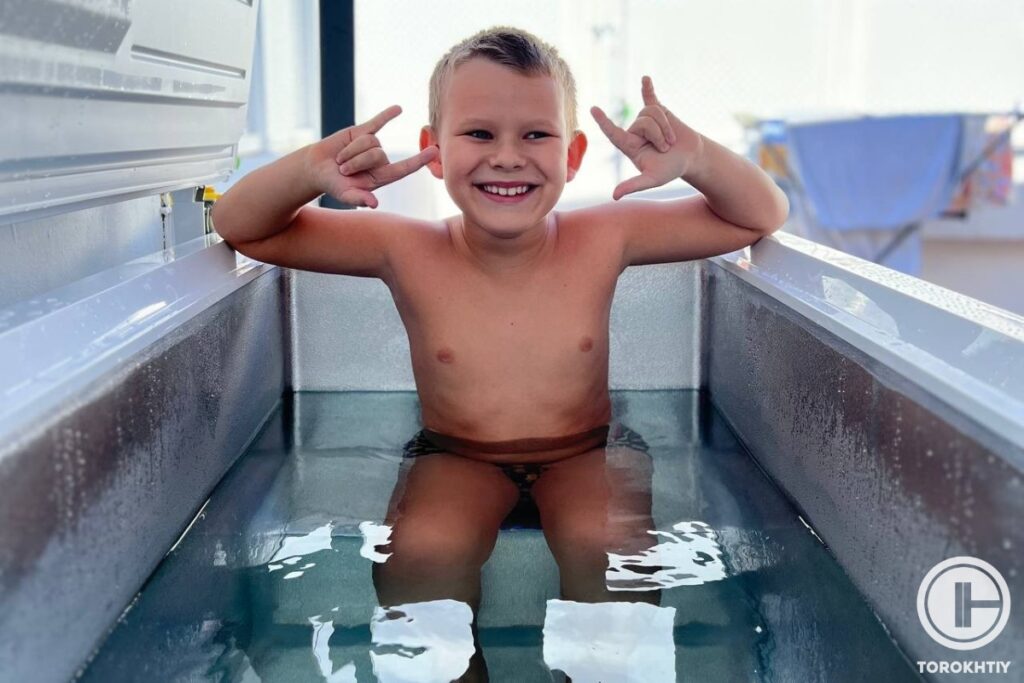
What To Choose: Cold Shower Or Ice Bath?
So, at the end of the day, should you opt for a cold shower or ice bath? Both! Seriously, there’s no harm in trying both if you want to get more seriously into cold exposure therapy.
Here’s the thing: is a cold shower as good as an ice bath for long-term health benefits? No, but it’s undeniably effective and shares many benefits on a smaller scale. If you can, try both and see which one you prefer, and who knows, maybe you will keep both 🙂
If this answer seems overwhelming, consider this: Cold showers are convenient and easily accessible. They offer a quick energy and alertness boost, help with post-workout cooldowns, and trigger hormonal responses for improved mental well-being.
On the other hand, a consistent cold plunge routine, even if just for a few weeks, is a substantial investment in your well-being. It significantly enhances cardiovascular health, helps with stress management, promotes muscle relaxation (ideal after weightlifting or a physically demanding job), and gives a notable boost to metabolism.
Ice Tub We Recommend
Okay, so there’s been plenty of talk about DIY ice baths vs. an actual dedicated ice tub. If you’re convinced cold plunge is the choice for you and want the most convenient and economical way of doing it, an ice barrel is a must-have.
We recently did a top list of the best ice tubs, and we found the Ice Barrel 300 to be a clear winner. This home-sized ice tub takes about 35.5” W x 30.5” H of space and is easy to move around thanks to the built-in carry handles. It’s fully insulated and UV-resistant from all sides, including the lid, keeping the water cool for days no matter where you put the tub (indoors, outdoors, cold, or warm).
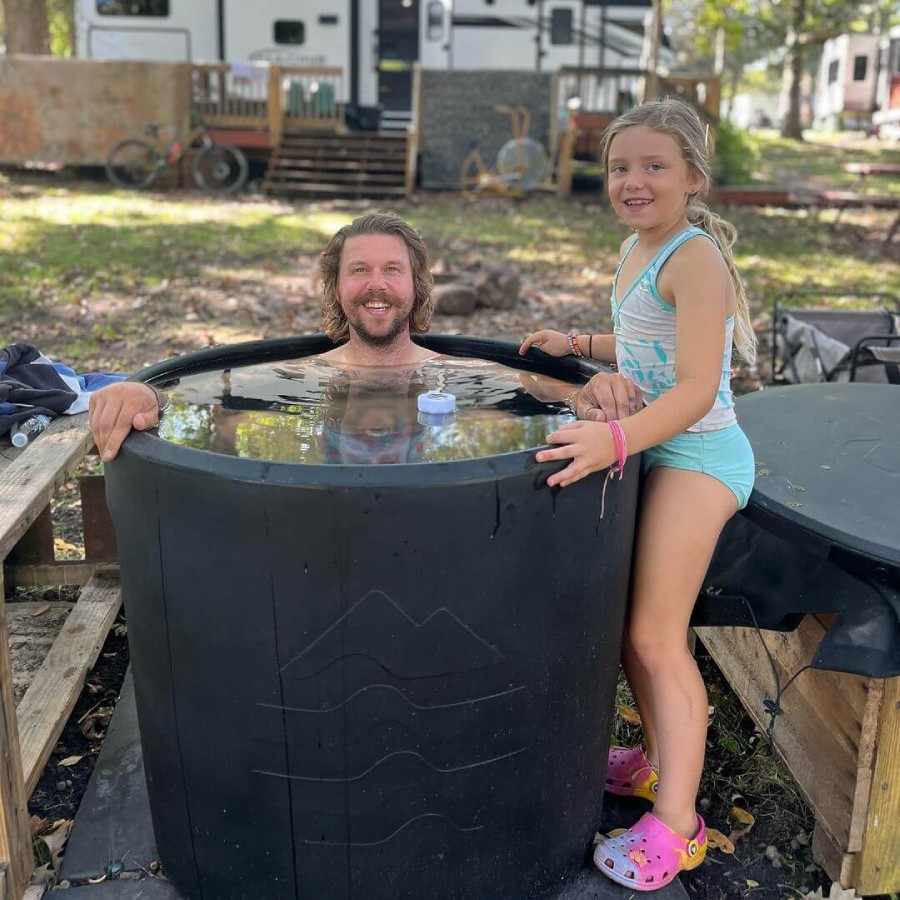
It easily fits a person of up to 6’2” and 250 lbs, making it accessible to a large audience. Thanks to the built-in drainage port and chiller connector (attachment included), you can conveniently change and cool the water. The price point is moderate, but it also comes with a lifetime warranty, trumping similar products in terms of quality for price value.
FAQ
Is A Cold Shower As Good As An Ice Bath?
A cold shower can function like a smaller-scale ice bath and carries similar benefits but it’s not as efficient at improving your health as full cold water immersion. But if you can’t have an ice bth in your place, then cold shower is a great alternative.
Is It OK To Take Ice-Cold Showers Every Day?
Assuming you’re healthy, a couple of minutes of cold showering doesn’t seem to have any negative effects according to experts. It can be a great way to start your day with this mood enhancing practice.
Conclusion
That’s a wrap on cold shower vs. ice bath practices. Both have their pros and cons and usefulness. If applied correctly, they can improve your physical and mental wellbeing, as well as general quality of life. If we had to suggest whether to take a cold plunge or cold shower, we’d say try both and stick to one you “liked” more, but ice bath is basically more effective. There’s no risk in trying and seeing which feels better. You may just end up alternating between the two.
We’d love to hear from you as well. Tell us if you’ve tried a cold shower before. How about a cold plunge? What differences did you notice? Leave a comment letting us know and remember to follow us on social media if you like this type of health and fitness content.
Also read:
- Best Cold Plunge in Bathtub
- What to Do After an Ice Bath
- Best Budget Cold Plunge
- How to Keep Cold Plunge Water Clean
- Cryotherapy or Cold Plunge
- How Cold Should a Cold Plunge Be
- Best Ice Bath Tubs
Referenses:
- Alicia E. Meuret, Thomas Ritz, “Hyperventilation in Panic Disorder and Asthma: Empirical Evidence and Clinical Strategies” – International Journal of Psychophysiology
- vol 78, no. 1 (2010), 68-79
- Geert A. Buijze, Inger N. Sierevelt, Bas C. J. M. van der Heijden, Marcel G. Dijkgraaf, and Monique H. W. Frings-Dresen, “The Effect of Cold Showering on Health and Work: A Randomized Controlled Trial” – PLOS One vol. 11, no. 9 (2016), e0161749
- Herve Pournot, Francois Bieuzen, Rob Duffield, Pierre-Marie Lepretre, Christophe Cozzolino, Christophe Hausswirth, “Short term Effects of Various Water Immersions on Recovery from Exhaustive Intermittent Exercise” – European Journal of Applied Physiology vol. 111, no. 7 (2011), 1287-1295
- John S. Kelly, Ellis Bird, “Improved Mood Following a Single Immersion in Cold Water” – Lifestyle Medicine vol. 3, no. 1 (2022), e53
- Nikolai A. Shevchuk, “Adapted Cold Shower as a Potential Treatment for Depression” – Medical Hypotheses vol. 70, no. 5 (2008), 995-1001
- “Norepinephrine (Noradrenaline)” – Cleveland Clinic
- https://my.clevelandclinic.org/health/articles/22610-norepinephrine-noradrenaline (accessed Jan. 22, 2023)
- P. Srámek , M. Simecková, L. Janský, J. Savlíková, S. Vybíral, “Human physiological responses to immersion into water of different temperatures” – European Journal of Applied Physiology vol. 81, no. 5 (2000), 434-442
- Susanna Søberg, Johan Löfgren, Frederik E. Philipsen, Michal Jensen, Adam E. Hansen, Esben Ahrens, Kristin B. Nystrup, Rune D. Nielsen, Christine Sølling, Anne-Sophie Wedell-Neergaard, Marianne Berntsen, Annika Loft, Andreas Kjær, Zachary Gerhart-Hines, Helle H. Johannesen, Bente K. Pedersen, Kristian Karstoft, Camilla Scheele, “Altered brown fat thermoregulation and enhanced cold-induced thermogenesis in young, healthy, winter-swimming men” – Cells Report Medicine vol. 2, no. 2 (2021), e100408
- Photo by RossHelen canva.com, photo by Getty Images Pro canva.com
Why Trust Us?
With over 20 years in Olympic Weightlifting, our team does its best to provide the audience with ultimate support and meet the needs and requirements of advanced athletes and professional lifters, as well as people who strive to open new opportunities and develop their physical capabilities with us.
By trusting the recommendations of our certified experts in coaching, nutrition, dietology, and sports training programming, as well as scientific consultants, and physiotherapists, we provide you with thorough, well-considered, and scientifically proven content. All the information given in the articles concerning workout programming, separate exercises, and athletic performance, in general, is based on verified data. We ensure that you can rely on our professionals’ pieces of advice and recommendations that can be treated as personalized ones which will benefit you and fully meet your needs.
The product testing process is described in more detail here
Author: Jacek Szymanowski
Certified Nutritionist,
M.Sc.Eng. Biotechnology
Performance Architect,
Strength and Conditioning Specialist
With over 30 years of fighting experience, specialization in nutrition coaching for athletes, and expertise in metabolic health and dietary strategies, Jacek offers a comprehensive approach to optimizing your performance and well-being. Backed by a Master of Science degree in Biotechnology, Jacek remains at the forefront of scientific advancements, ensuring that his coaching is always evidence-based and up-to-date.

